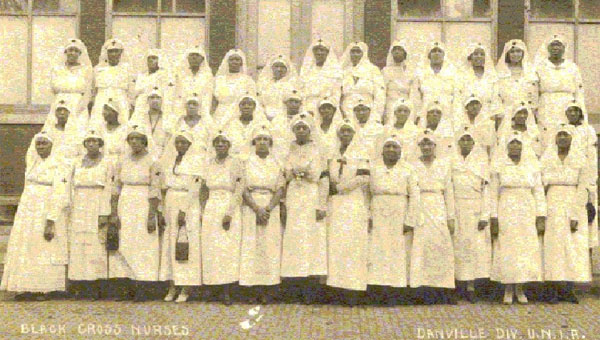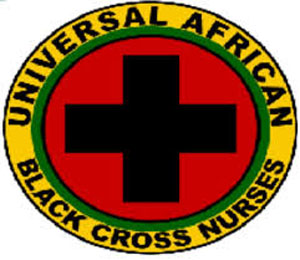By Yvonne Sam
Contributing Columnist
Background
The Universal Negro Improvement Association, a Black nationalist organization, was founded in July 1914 by Marcus Garvey in Kingston, Jamaica. In 1916, Garvey moved to Harlem, in New York City, and two years later, established the United Negro Improvement Association: African Communities League. He chose Harlem because it was the centre of the burgeoning Black cultural and political movement known as the Harlem Renaissance.
The UNIA was considered the benevolent, fraternal side of the organization, whose aim was to unify persons of African descent from around the world and to raise their consciousness about matters of racial inequality.
The ACL was the faction responsible for completing the UNIA’s ultimate goal of going “Back to Africa” to establish an all-Black nation that would grant Black peoples the economic, political and social equality they lacked in White-dominated societies.
Garvey’s uplifting message of an “Africa for the Africans” garnered the support of millions of followers, mainly working-class men and women known as Garveyites. The organization became one of the largest civil rights movements of the 20th century.
Garvey encouraged his followers to start divisions of the UNIA in their hometowns, and to establish a base of operations (whether rented or purchased) to be called Liberty or UNIA Hall. Modeled on Liberty Hall in Harlem, local divisions held regular Sunday meetings at the hall, and other events and activities for the community.
Offering a safe and inviting place for the Black community, UNIA Halls became important cultural hubs in many cities and towns across Canada. The first were established in Montreal and Toronto in 1919. The organization spread quickly across the country, with a total of 32 divisions sprouting up in both urban and rural communities.
The UNIA launched numerous auxiliary groups designed to appeal to different age groups and interests, stimulate participation and educate its members on the philosophies of the organization.
In the early 20th century, nursing was considered one of the most respectable careers available to educated, middle-class women. Nursing represented the highest ideals of womanhood at the time, including purity, morality, nurturing and maternal care.
Few programs existed which would admit people of African descent into nursing training at the time, and many health facilities provided unequal care to black patrons. Plainly stated, and certainly ill-fated, but nursing in the beginning was a White woman’s profession. Certain universities, such as Mc Gill, Dalhousie and University of Toronto, did not accept Black students. One of the goals of the organization was addressing these discrepancies.
For many Black Canadians with a nursing vocation, their only avenue, aside from moving to the United States to study and practice, was to join the Black Cross Nurses organization. The Black Cross Nurses, one of UNIA’s auxiliary groups based on the World War 1 nursing model of the Red Cross, gave women the occasion to showcase their skills as nurturers and educators.
Local chapters were established with a matron, head nurse, secretary and treasurer to provide health services and hygiene education to black members of the community. Doctors, nurses and lay practitioners took courses ranging from six months to a year to make sure that standardized care was being given. In addition, upon graduation from the course, each member was required to purchase and wear their official uniform. The BCN uniform of a white gown and cap, adorned with a black cross, was meant to serve as a public demonstration of these wholesome womanly qualities.
Black Cross Nurses in Canada
In Canada UNIA members joined their local BCN auxiliaries with enthusiasm. Although they were not professionally trained, members of the BCN were expected to provide care and advice on matters of health and hygiene.
In larger cities, such as Toronto, the BCN took St. John Ambulance courses to become better educated in these areas, and they would share information on topics such as first aid and public safety in pamphlets and newsletters.
The BCN also offered comfort to the sick and suffering by sending flowers and paying them visits at home or in hospital. In 1921, the UNIA division in Edmonton reported that its BCN answered 250 calls to sick members in the community in addition to “six maternity cases.”
In Sydney, Nova Scotia , the BCN helped new mothers to care for their children and tidy their homes. During the Second Italo-Abyssinian War (1935–36), Toronto’s Black Cross Nurses made bandages to send to the Ethiopian armed forces, demonstrating that their desire to care for the sick and injured stretched beyond the borders of their local communities.
According to Sarah-Jane Mathieu, an associate professor of history at the University of Minnesota in Minneapolis, and also the author of North of the Color Line: Migration and Black Resistance in Canada 1870-1955: “In the period between the two world wars, “Black women became the forefront of health-care providers for Black Canadians.”
Only a handful of Black doctors were practising in Canada, and White physicians were both intimidating and unaffordable. Black nurses also were not allowed to practice in Canada. The Black Cross nurses, who were largely Caribbean immigrants to Canada, had the trust of their communities as well as generations of home remedies to administer. After church on Sundays, for example, Black Cross nurses taught other women about the importance of breast-feeding, how to keep the milk clean, and the presumed connection between coughing and tuberculosis.
The organization was a powerful force that filled gaps in the health-care system, serving people of color. It was not until the late 1940s that Black women were admitted to nursing schools in Canada. Before then, they had to go to the United States for nursing training.
In 1948, Ruth Bailey and Gwennyth Barton became the first Black nurses to graduate from a Canadian nursing school, earning their diplomas from the Grace Maternity School of Nursing in Halifax.
Even after Black students were admitted, however, they were often prevented from practising. Despite Canada’s pride in opening its borders to ex-slaves and free people of color, however, “it reinforced similar inequalities as those that persisted in the United States.”
Conclusively, to think about the Black Cross Nurses is to think about the exclusionary policies of Canadian nursing schools, for both the segregation of health care and of the nursing schools that gave rise to the Black Cross Nurses as an organization, is not a praiseworthy part of Canadian history.
This may be among the underlying reason(s) why Black Cross Nurses are not better known, even among the Canadian nursing community. Seeing the Black Cross Nurses in history books is as important as seeing Black nurses working in healthcare and other professional settings today, because representation matters.
Black Cross Nurses remain Canada’s unsung heroines.
Aleuta continua: the struggle continues.
Yvonne Sam, a retired Head Nurse and Secondary School Teacher, is the Chair of the Rights and Freedom Committee at the Black Community Resource Centre. A regular columnist for over two decades with the Montreal Community Contact, her insightful and incursive articles on topics ranging from politics, human rights and immigration, to education and parenting have also appeared in the Huffington Post, Montreal Gazette, XPressbogg and Guyanese OnLine. She is also the recipient of the Governor General of Canada Caring Canadian Citizen Award.
 Pride News Canada's Leader In African Canadian & Caribbean News, Views & Lifestyle
Pride News Canada's Leader In African Canadian & Caribbean News, Views & Lifestyle







